



























© Shutterstock
0 / 28 Fotos
15. Ellef Ringnes Island
- Ellef Ringnes Island is located in Nunavut, Canada, and is part of the Sverdrup Islands. First discovered in 1901, the island is 4,361 sq mi (11,295 km2).
© Shutterstock
1 / 28 Fotos
14. October Revolution Island
- Located in the Severnaya Zemlya group in Russia, half of it is under glaciers. The island is estimated at 5,470 sq mi (14,170 km2).
© Shutterstock
2 / 28 Fotos
14. October Revolution Island
- The island was named after the October Revolution, also known as the Bolshevik Revolution, after which the Russian Empire became the Soviet Union.
© Shutterstock
3 / 28 Fotos
13. Nordaustlandet
- A member of the archipelago of Svalbard, Norway, this island is mostly covered in ice caps, except for the north where walruses and reindeer live.
© Shutterstock
4 / 28 Fotos
13. Nordaustlandet
- Nordaustlandet also has an area with sedimentary rocks, including limestone and dolomite. The island is 5,586 sq mi (14,467 km2).
© Shutterstock
5 / 28 Fotos
12. Thurston Island
- Discovered from the air in 1940, Thurston Island is the third-largest island in the world. At 6,062 sq mi (15,700 km2) in area, it has numerous glaciers and peninsulas.
© Getty Images
6 / 28 Fotos
12. Thurston Island
- Thurston Island was named after a sponsor of the Antarctic Expedition, W. Harris Thurston.
© Shutterstock
7 / 28 Fotos
11. Prince Patrick Island
- Prince Patrick Island is one of the least accessible territories in Canada. Its area is 6,119 sq mi (15,848 km2).
© Shutterstock
8 / 28 Fotos
11. Prince Patrick Island
- Discovered in 1953 by George Mecham and Francis Leopold McClintock, it was later named after the Governor General of Canada from 1911 to 1926, Prince Arthur William Patrick.
© Shutterstock
9 / 28 Fotos
10. Bathurst Island
- Located in the Canadian Arctic Archipelago, Bathurst Island was previously inhabited with indigenous people. The area of the island is estimated at 6,194 sq mi (16,042 km2).
© Public Domain
10 / 28 Fotos
9. Kotelny Island
- Kotelny Island is located in the Russian Arctic, between the Laptev Sea and the East Siberian Sea.
© Shutterstock
11 / 28 Fotos
9. Kotelny Island
- Discovered in 1773 by Ivan Lyakhov, the total area of Kotelny Island is 8,944 sq mi (23,165 km2).
© Shutterstock
12 / 28 Fotos
8. Somerset Island
- Part of the Canadian territory of Nunavut, Somerset Island was inhabited by the Thule people around 1000 CE.
© Getty Images
13 / 28 Fotos
8. Somerset Island
- The 46th largest island in the world, Somerset Island has an area of 9,570 sq mi (24,786 km2).
© Shutterstock
14 / 28 Fotos
7. Prince of Wales Island
- One of the larger members of the Canadian Arctic Archipelago, Prince of Wales Island has an area of 12,872 sq mi (33,339 km2).
© Shutterstock
15 / 28 Fotos
7. Prince of Wales Island
- The island was discovered in 1851, and named after the eldest son of Queen Victoria, Albert Edward, who eventually became King Edward VII.
© Shutterstock
16 / 28 Fotos
6. Melville Island
- With an area of 16,274 sq mi (42,149 km2), Melville Island is the 33rd largest island in the world and the sixth-largest uninhabited island.
© Getty Images
17 / 28 Fotos
6. Melville Island
- While there's almost no vegetation on the island, it hosts various animals, such as Arctic wolves, Arctic foxes, polar bears, and ermines.
© Public Domain
18 / 28 Fotos
5. Axel Heiberg Island
- Axel Heiberg Island is located in Nunavut, Canada. It's the 32nd largest island in the world and Canada's seventh-largest island.
© Shutterstock
19 / 28 Fotos
5. Axel Heiberg Island
- Named after Norwegian diplomat and financier Axel Heiberg, the island has an area of 16,671 sq mi (43,178 km2).
© Shutterstock
20 / 28 Fotos
4. Berkner Island
- Discovered by members of the United States-International Geophysical Year party from Ellsworth Station during the 1957–1958 season, Berkner Island was named after American physicist Lloyd Berkner. The island has an area of 17,000 sq mi (44,000 km2).
© Public Domain
21 / 28 Fotos
3. Severny Island
- Severny Island is the 30th-largest and the third-largest uninhabited island in the world. It has an area of 18,882 sq mi (48,904 km2).
© Shutterstock
22 / 28 Fotos
3. Severny Island
- Located in the Novaya Zemlya archipelago, the island is part of the Russian Arctic National Park.
© Shutterstock
23 / 28 Fotos
2. Alexander Island
- The largest island of Antarctica, Alexander Island was discovered in 1821 by a Russian expedition. It was named after the reigning tsar of the time, Alexander I of Russia.
© Getty Images
24 / 28 Fotos
2. Alexander Island
- Consisting of mountain ranges and hills, Alexander Island has an area of 18,950 sq mi (49,070 km2).
© Shutterstock
25 / 28 Fotos
1. Devon Island
- Located in Nunavut, Canada, Devon Island is the largest uninhabited island in the world and the sixth-largest island in Canada.
© Getty Images
26 / 28 Fotos
1. Devon Island
- With an area of 21,331 sq (55,247 km2), Devon Island is only slightly smaller than Croatia! Sources: (Mental Floss) (A-Z Animals)
© Getty Images
27 / 28 Fotos
© Shutterstock
0 / 28 Fotos
15. Ellef Ringnes Island
- Ellef Ringnes Island is located in Nunavut, Canada, and is part of the Sverdrup Islands. First discovered in 1901, the island is 4,361 sq mi (11,295 km2).
© Shutterstock
1 / 28 Fotos
14. October Revolution Island
- Located in the Severnaya Zemlya group in Russia, half of it is under glaciers. The island is estimated at 5,470 sq mi (14,170 km2).
© Shutterstock
2 / 28 Fotos
14. October Revolution Island
- The island was named after the October Revolution, also known as the Bolshevik Revolution, after which the Russian Empire became the Soviet Union.
© Shutterstock
3 / 28 Fotos
13. Nordaustlandet
- A member of the archipelago of Svalbard, Norway, this island is mostly covered in ice caps, except for the north where walruses and reindeer live.
© Shutterstock
4 / 28 Fotos
13. Nordaustlandet
- Nordaustlandet also has an area with sedimentary rocks, including limestone and dolomite. The island is 5,586 sq mi (14,467 km2).
© Shutterstock
5 / 28 Fotos
12. Thurston Island
- Discovered from the air in 1940, Thurston Island is the third-largest island in the world. At 6,062 sq mi (15,700 km2) in area, it has numerous glaciers and peninsulas.
© Getty Images
6 / 28 Fotos
12. Thurston Island
- Thurston Island was named after a sponsor of the Antarctic Expedition, W. Harris Thurston.
© Shutterstock
7 / 28 Fotos
11. Prince Patrick Island
- Prince Patrick Island is one of the least accessible territories in Canada. Its area is 6,119 sq mi (15,848 km2).
© Shutterstock
8 / 28 Fotos
11. Prince Patrick Island
- Discovered in 1953 by George Mecham and Francis Leopold McClintock, it was later named after the Governor General of Canada from 1911 to 1926, Prince Arthur William Patrick.
© Shutterstock
9 / 28 Fotos
10. Bathurst Island
- Located in the Canadian Arctic Archipelago, Bathurst Island was previously inhabited with indigenous people. The area of the island is estimated at 6,194 sq mi (16,042 km2).
© Public Domain
10 / 28 Fotos
9. Kotelny Island
- Kotelny Island is located in the Russian Arctic, between the Laptev Sea and the East Siberian Sea.
© Shutterstock
11 / 28 Fotos
9. Kotelny Island
- Discovered in 1773 by Ivan Lyakhov, the total area of Kotelny Island is 8,944 sq mi (23,165 km2).
© Shutterstock
12 / 28 Fotos
8. Somerset Island
- Part of the Canadian territory of Nunavut, Somerset Island was inhabited by the Thule people around 1000 CE.
© Getty Images
13 / 28 Fotos
8. Somerset Island
- The 46th largest island in the world, Somerset Island has an area of 9,570 sq mi (24,786 km2).
© Shutterstock
14 / 28 Fotos
7. Prince of Wales Island
- One of the larger members of the Canadian Arctic Archipelago, Prince of Wales Island has an area of 12,872 sq mi (33,339 km2).
© Shutterstock
15 / 28 Fotos
7. Prince of Wales Island
- The island was discovered in 1851, and named after the eldest son of Queen Victoria, Albert Edward, who eventually became King Edward VII.
© Shutterstock
16 / 28 Fotos
6. Melville Island
- With an area of 16,274 sq mi (42,149 km2), Melville Island is the 33rd largest island in the world and the sixth-largest uninhabited island.
© Getty Images
17 / 28 Fotos
6. Melville Island
- While there's almost no vegetation on the island, it hosts various animals, such as Arctic wolves, Arctic foxes, polar bears, and ermines.
© Public Domain
18 / 28 Fotos
5. Axel Heiberg Island
- Axel Heiberg Island is located in Nunavut, Canada. It's the 32nd largest island in the world and Canada's seventh-largest island.
© Shutterstock
19 / 28 Fotos
5. Axel Heiberg Island
- Named after Norwegian diplomat and financier Axel Heiberg, the island has an area of 16,671 sq mi (43,178 km2).
© Shutterstock
20 / 28 Fotos
4. Berkner Island
- Discovered by members of the United States-International Geophysical Year party from Ellsworth Station during the 1957–1958 season, Berkner Island was named after American physicist Lloyd Berkner. The island has an area of 17,000 sq mi (44,000 km2).
© Public Domain
21 / 28 Fotos
3. Severny Island
- Severny Island is the 30th-largest and the third-largest uninhabited island in the world. It has an area of 18,882 sq mi (48,904 km2).
© Shutterstock
22 / 28 Fotos
3. Severny Island
- Located in the Novaya Zemlya archipelago, the island is part of the Russian Arctic National Park.
© Shutterstock
23 / 28 Fotos
2. Alexander Island
- The largest island of Antarctica, Alexander Island was discovered in 1821 by a Russian expedition. It was named after the reigning tsar of the time, Alexander I of Russia.
© Getty Images
24 / 28 Fotos
2. Alexander Island
- Consisting of mountain ranges and hills, Alexander Island has an area of 18,950 sq mi (49,070 km2).
© Shutterstock
25 / 28 Fotos
1. Devon Island
- Located in Nunavut, Canada, Devon Island is the largest uninhabited island in the world and the sixth-largest island in Canada.
© Getty Images
26 / 28 Fotos
1. Devon Island
- With an area of 21,331 sq (55,247 km2), Devon Island is only slightly smaller than Croatia! Sources: (Mental Floss) (A-Z Animals)
© Getty Images
27 / 28 Fotos
The largest uninhabited islands in the world
The majority of these islands belong to Canada and Russia
© Shutterstock
The world is full of countless uninhabited places, such as dense jungles, forests, or other hard-to-reach areas. And that describes some islands, too. But unlike jungles or forests, islands have little to no density in terms of both flora and fauna. Most of the uninhabited ones consist of ice caps, snow, and below-freezing temperatures.
Curious to discover more about them? Then check out this gallery for insight on some of the largest uninhabited islands in the world. Simply click on.
RECOMMENDED FOR YOU










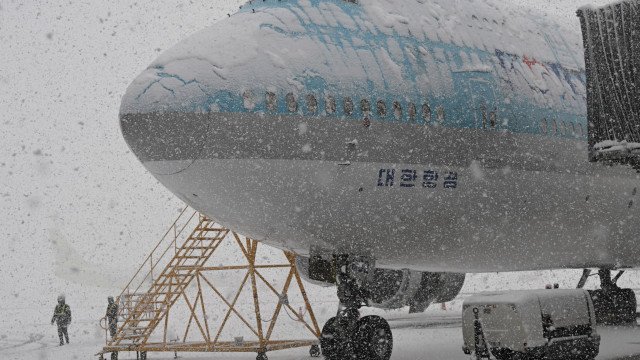
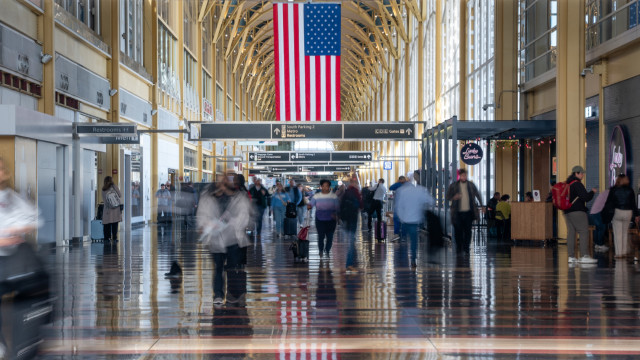
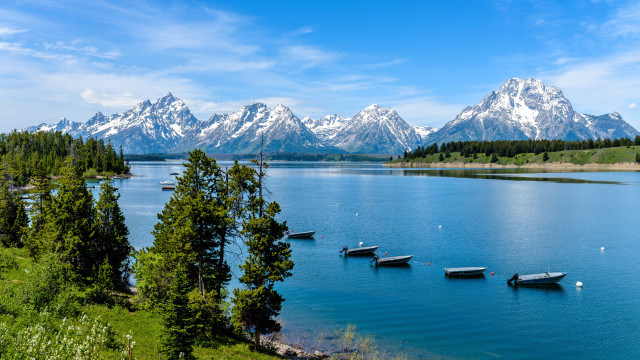




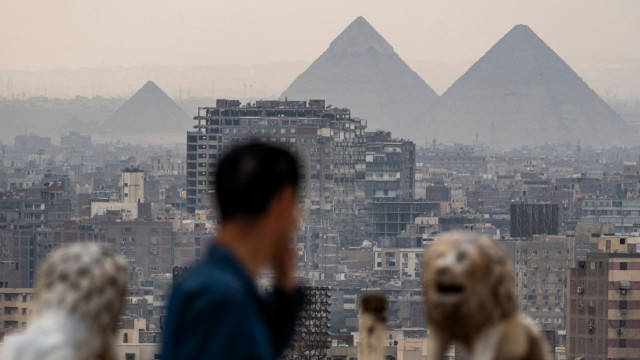
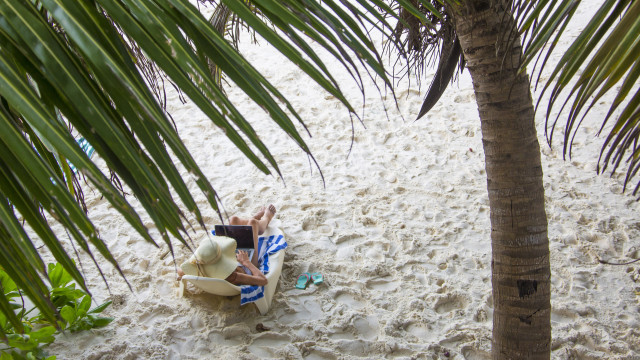
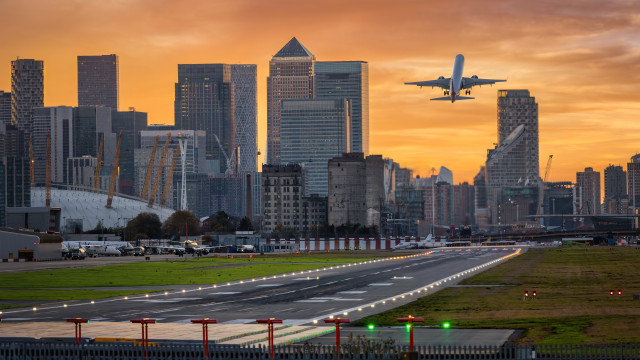
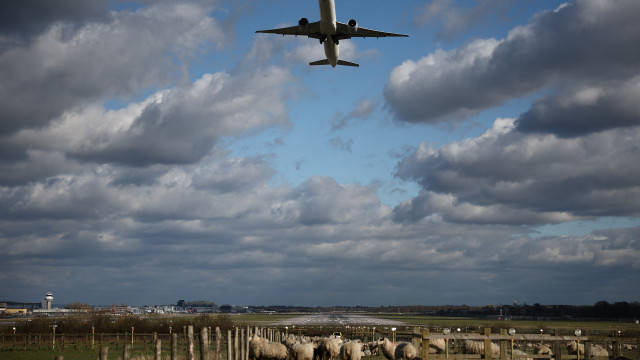


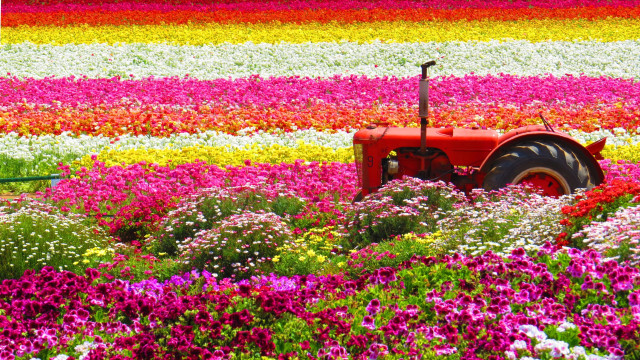


MOST READ
- Last Hour
- Last Day
- Last Week








